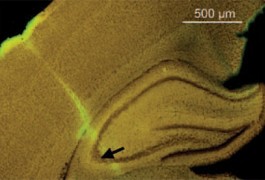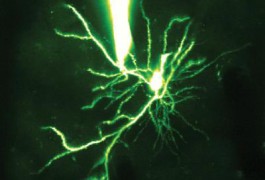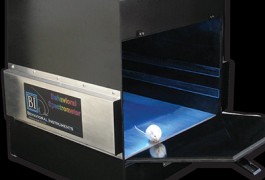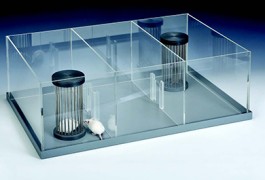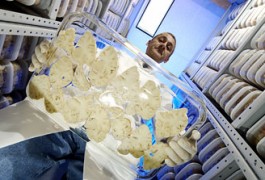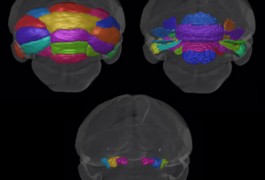Scarcity of brain’s immune cells alters mouse behavior
A temporary shortage of microglia — immune cells in the brain that prune unnecessary neural connections — in infancy can have long-lasting effects on brain circuits and behavior, according to a study published in Nature Neuroscience on 2 February.


